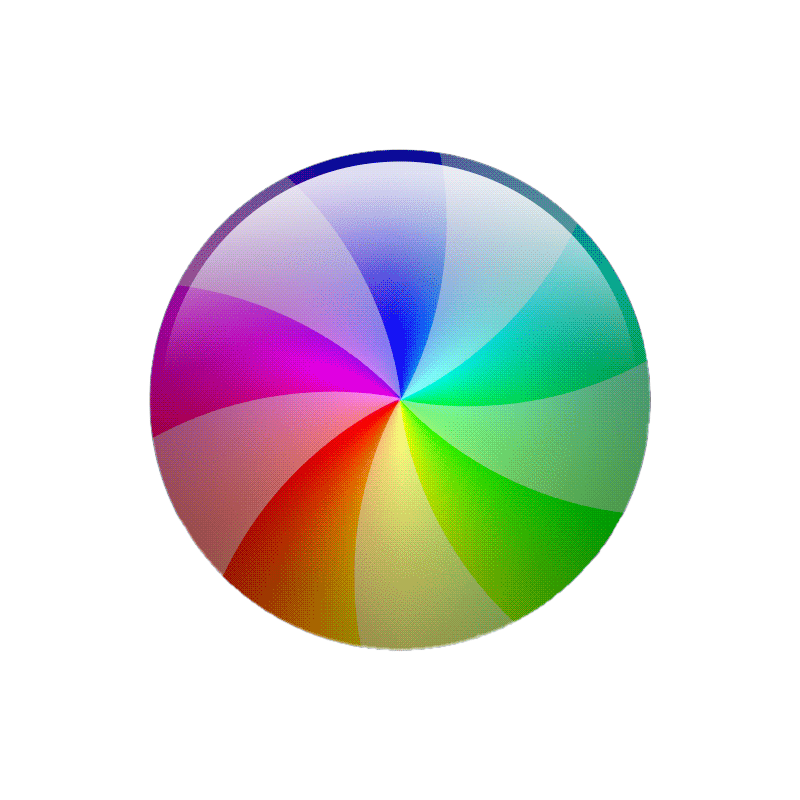Cora
Targeting a $91BB furnishings industry - Cora's a B2B marketplace that enables interior design firms and vendors to automate services surrounding the purchasing experience and business management.
What I did:
Product Designer
Team:
Product Lead - Brandon Herbel
Founder / Product Manager - Sara Taylor-Demos
Engineering Lead - Yara Abdallah
Year:
2020
____________________________________________________________________________________
Project Objectives:
Connect - Allow designers to explore new vendors and for vendors to gain new designers
Purchase - Improving a fragmented shopping experience for designers
Track - For both designers and vendors to be able to track their orders, accounts, teams and more
problems:
Design firms are still unable to execute all B2B purchases like consumers
• 2/3rds of B2B sales occur via sales reps and showrooms - lacking in technology
• 82% of Millennial/Gen-z designers strongly prefer to source online
• The average design firm hires a $39k full-time employee to facilitate and track purchases
Furnishing vendors are handcuffed to expensive sales channels and dated processes
• Vendors spend between $50k-$5MM annually on trade shows
• Average cost of acquisition for a new designer is $3,200+ due to trade shoes, commissions and other expenses
Solution:
Designing a web app that focuses on digitizing the designer and vendor experiences - from applying to trade programs to purchasing highly customizable products.
How'd We Get There:
Cora was going through a brand exploration when we started to work with them. To kick-off the project, we ran the 3 hour brand sprint that was created by GV. This helped us understand who the brand is (their values), why they’re doing what they’re doing, who they’re targeting and what visual feel they want to go for.
Even though this workshop is more focused on branding, most of the exercises helped tremendously with our UX research.
Cora's MVP covered a lot of initial research for us, including interviews and testing. The user stories were mostly defined, so the next step for us was to create site maps. Since the features would be released in ~3 releases, the site maps had to adapt accordingly.
While wireframing, we improved on a layout, hierarchy and overall usability.
Design System:
Even though we didn't have the time to formally structure the design system with the Atomic Design Methodology, we were able to bring the essence of the concept through the body of our work. This meant we were able to reuse components and work within a fluid grid - which then defined spacing rules. Working with Material-UI also helped us save a ton of time between design and dev; it gave us a point of reference when we were building out some of the core components.
Cora didn't have any initial requirements for having the platform pass a level of accessibility, but since we wanted to design for a more inclusive product, we made sure to include focus states, color contrast, hover states...
Takeaways:
Working closely with the founder of Cora helped push the product to the best place it could be. We worked fast with tons of iterations, but ultimately the product positively evolved through our process. Some features have gotten pushed away for the time being and some didn't make it to the final rounds - which also taught me how to prioritize while dealing with so many variables.

